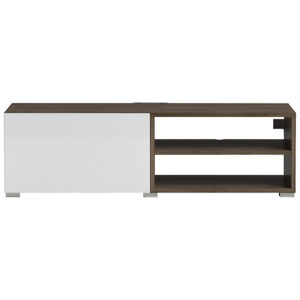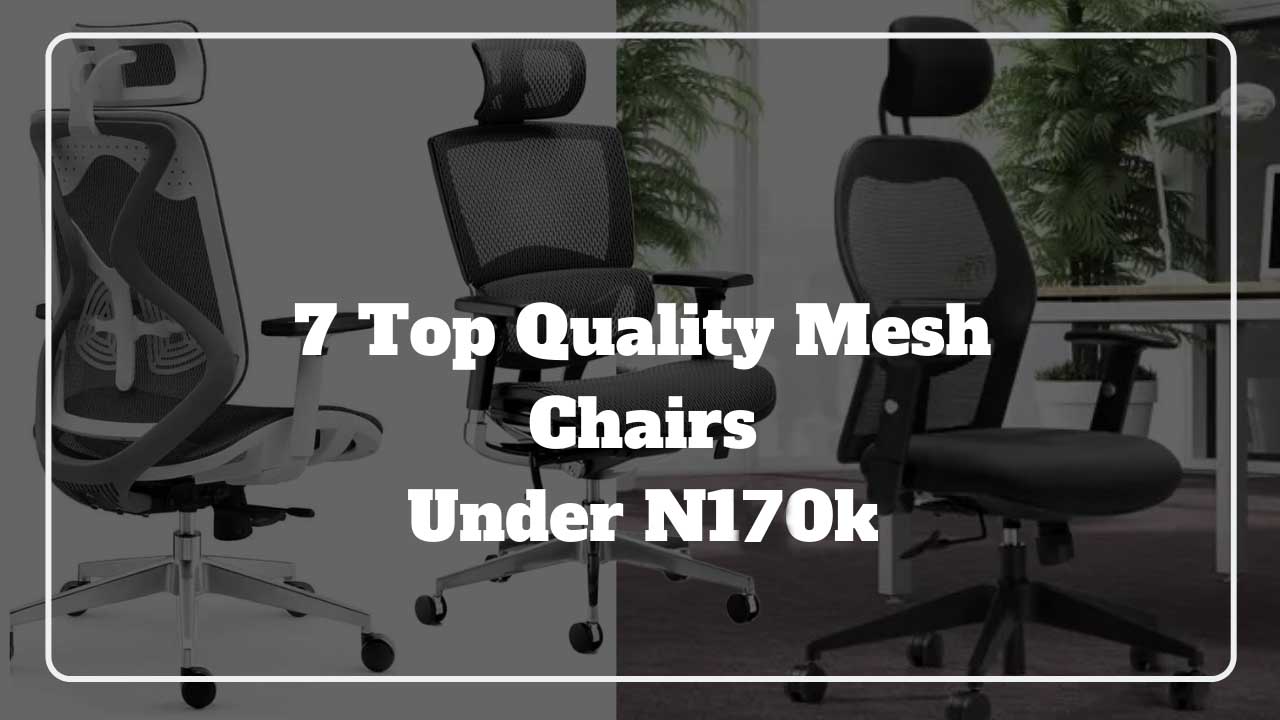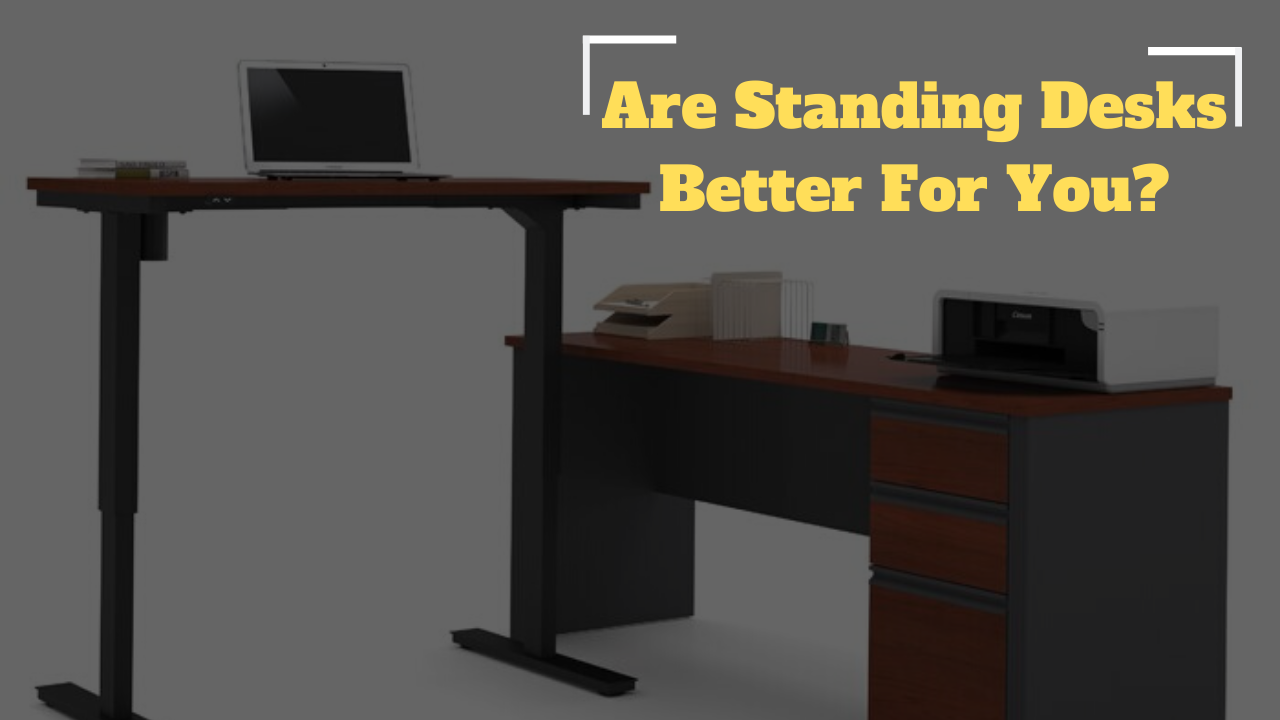A safe and healthy work environment is a productive environment. Regardless of size, every business enterprise needs to create an ergonomically sound workspace to prevent serious physical injuries and reduced productivity.
However, it is the duty of the employees to ensure they are using the right chairs and desks that suit their various tasks. Chronic low back disorders can be really annoying and expensive to treat hence the need to make use of dedicated ergonomic office furniture.
Health they say; is wealth. Studies have shown that ergonomic design in your workspace will not only reduce injury and pain but boost your productivity as well as overall satisfaction.
This comprehensive guide will help you create an ergonomic workspace and eliminate back pain when you work from home.
#1. Choose the right chair and configure it to suit your needs
Finding a suitable ergonomic office chair is the most important step to overcoming back pain. Selecting an office chair with a poor seat design will result in back pain and soreness of muscles.
Just like you shop for a good mattress to enable you to get quality sleep at home, you need a good office chair too as this will enable you to have a stress-free day at work.
When you finally make the right choice for your ergonomic office chair, it is important to configure them to suit your body. Having an ergonomic office chair is useless if you are unable to configure it properly to fully accommodate your body conveniently.
You should be able to sit with your feet flat on the floor and thighs parallel to the floor. A chair with a backrest recliner and tilt is important to reduce stress in the spine.
Research has shown that a reclined seat significantly reduces the pressure on your back and it is particularly beneficial for people with existing back pain issues.
Ensure your chosen chair has an adequate amount of cushioning and should be upholstered with a breathable material or mesh fabric.
To buy office furniture in Lagos and across Nigeria, contact us to get a good deal. We rate quality and functionality above money.
The more the adjustability allowance of the features of an office chair, the more it will likely work for you. Reclining in a chair is an important way to relieve loads on your spine while opening up your thigh-torso angle.
Don’t be afraid to unlock the recliner and lean farther back throughout the day. Shifting positions help redistribute pressure and promote blood circulation. If the chair has a tilt-limiter setting, lean back as far as you want and lock it into place.
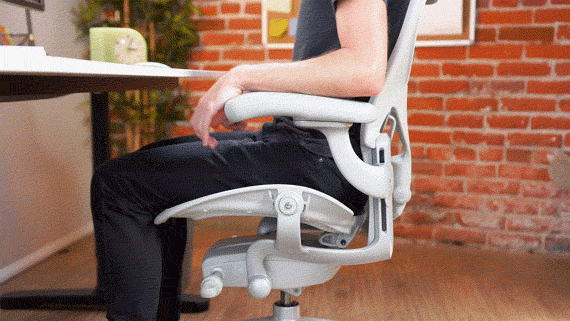
Most importantly, you need a chair with good lumbar support if you don’t want to mess up your spine. Not all office chairs have lumbar support but if yours does, slide it so it fits perfectly into the natural curve of your spine.
If you can adjust the amount of pressure the lumbar support applies, do so until it is comfortable. In the absence of lumbar support in your office chair, you can make do with external lumbar support to protect your back. They come with pre-installed fasteners so you can easily attach them to your office chair.
#2. Get the right work desk and adjust it to the right height
Your desk is the heart of your workplace. Virtually every task performed in your home office is carried out on the work desk. From an ergonomic standpoint, the most important aspect of your desk is height.
If your desk is too high, it will cause strains on your forearms while you type on your computer. A low desk will make you bend over as you work and this will strain your back and shoulders.
This explains why you need to set your office chair to accommodate your body and your chosen work desk but you will have to get the right desk first of all.
Your desk should ideally let you type on a keyboard with your arms and hands roughly parallel to the floor. To know if your work desk is at the right height, your legs should fit comfortably under the desk with your feet flat on the ground while in a seating position.
The angle between your forearm and upper arm should be between 90 degrees and 110 degrees while your arms are placed on the desk. The ability to adjust your posture all day helps fight fatigue and also prevents repetitive motion-related injuries.
For this reason, we recommend a sit-stand desk or a desk with an adjustable height feature (Read: Are Standing Desks Good For You?). Many desks today have height-adjustable legs rather than the fixed typical 29 inches of height.
These desks will help you alternate between sitting and standing while you work. An adjustable sit-stand desk will allow you to be more active in your home office and this protects you from arthritis or joint pains.
Most office desks are built for writing and this means you have to hunch over them. You can prevent this by altering your posture and keeping your spine straightly aligned with the back of the chair.
It has been proven scientifically that sitting all day increases the risk of high blood pressure, back injury, and death. We recommend that you alternate equally between sitting and standing as standing too much can also damage your health.
Buy your office furniture in Lagos straight out of our showroom and not only will our experts help you with all the setup, but they will also educate you on how to maintain and use them effectively.
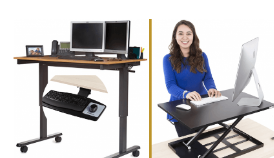
#3. Position your monitor properly
A poorly positioned monitor can cause neck and shoulder pains as well as headaches. Times without number, these pains have been blamed on chairs and work desks whereas, they occur as a result of poor monitor positioning.
Your monitor should be about 20 inches in front of you and at an angle of 10 to 20 degrees. Placing the monitor too close will strain your eyes while placing it too far from you will you slouch forward regularly.
The angle of placement is equally important for your health; a greater angle will lead to neck strain as a result of holding your head at an uncomfortable angle. Also, ensure that the top line of the monitor screen is at exactly your eye level or below; not above.
Having to tilt your head backward in order to read from your monitor can lead to neck pain and headaches.

#4. Select the right keyboard and place it correctly
Carpal tunnel syndrome, tendinitis, and other recurring strain injuries in office workers are usually caused by poorly designed keyboards or their positioning thereof. The keyboard should tilt away from you rather than toward you.
Most traditional keyboards are designed flat and tilt towards you slightly causing you to type with flexed wrists and the development of carpal tunnel syndrome eventually. Your sitting posture dictates your keyboard placement and tilts angle hence the need to maintain proper sitting postures.
To get the right tilt for your keyboard, consider buying an ergonomic keyboard or a keyboard tray to give you the required tilt. We can also incorporate a keyboard tray into your office desk.

Laptops can be a good challenge to good ergonomic design as a result of the absence of the tilt feature in their keyboard design.
Getting the screen at the right height can make the keyboard too high while typing with the keyboard at the right height will force you to hunch over the monitor. A good laptop stands or bed tray can help improve the typing angle.
Another option is to elevate the laptop to the right screen height and then attach an external keyboard and mouse to maintain the optimum distance and angle between you and the laptop screen.

#5. Adjust your lifestyle
The things you do, the ones you don’t do, your eating habits, and your exercise routine counts when it comes to living a healthy life while working from home. Never put your health and happiness on hold because you have to work; strike a balance between the two.
Working from home doesn’t mean working all the time. Eating healthy foods like fruits and vegetables has been shown by research to reduce inflammation while processed foods make it worse.
Regular exercise is important because they make your body more resilient to the effects of your work and the environment. An increase in relaxation will help you reduce stress which in turn keeps you in a healthy state of mind.
When you are stressed, it is hard to notice discomfort until they result in injuries. For those with pre-existing back pain issues, you are not alone. A good shepherd will never abandon his flock to the wolves.
Unlike many office furniture companies in Lagos, we stand with our customers and offer them after-sales guidelines and support. The key to recovering from acute low back pain is to maintain the normal curve of the spine.

Here’s a guideline to help you overcome the pains and return to a normal and productive life.
- Get yourself a good office chair
- At work, adjust your chair height and workstation or desk so you can sit up close to your work and tilt it up at you. Rest your elbows and arms on your chair’s armrest and keep your shoulders relaxed.
- Sit as little as possible for like 10 to 15 minutes
- Sit with back support at the curve of your back. You can use an external lumbar support if your office chair does not have one.
- Maintain the right angle with your hips and knees; don’t cross your legs.
- Sit at the end of your chair and slouch completely.
- When standing up from a sitting position, move to the front of the seat of your chair and stand up by straightening your legs whilst avoiding bending forward at your waist.
For more inquiries on how to avoid back pain and to place orders or make purchases, contact us at 08030881676, 08033087048. You can also reach us via email at equinoxng@gmail.com and info@equinoxcollections.com or through any of our social media platforms:
- Instagram –@EquinoxFurnitureNigeria
- Facebook –@EquinoxFurniture
- Linkedin – Equinox Furniture
- Pinterest – Equinox Furniture
- Youtube – Equinox Furniture




